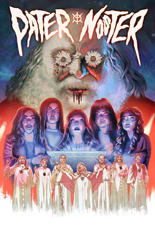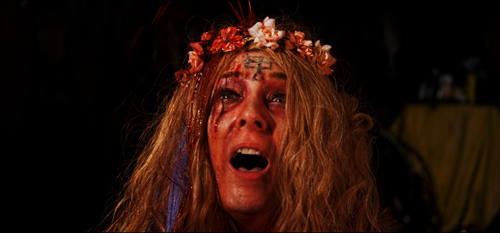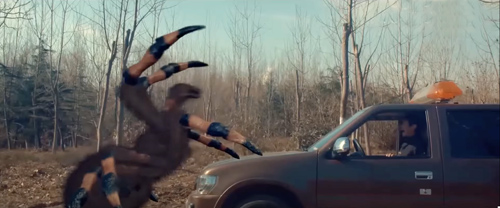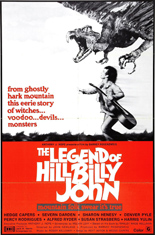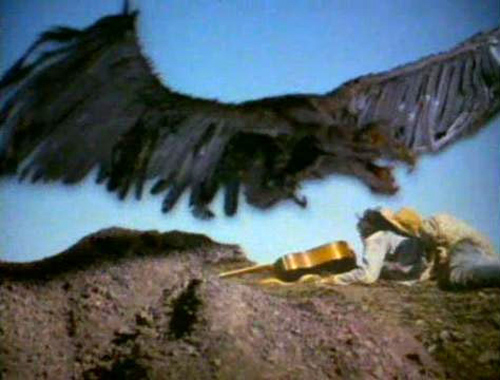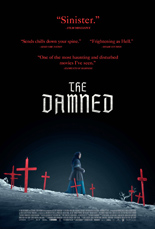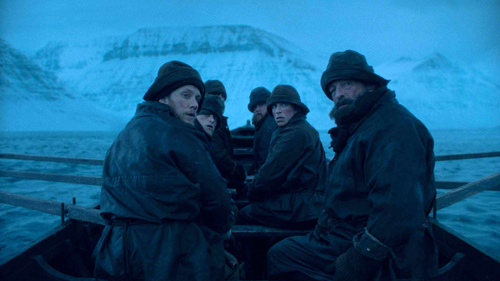
Most of Southern California being on fire reminds me Demolition Man, but, of course, with different results. The movie begins with the Hollywood Hills on fire, a dire prophecy that has come to pass, sadly — especially since Sylvester Stallone is now an “emissary” to Hollywood by Donald Trump. (Truthfully, I didn’t see that coming, palling around with other has-beens like Mel Gibson and Jon Voight. Yeccccch!)
With hits like Rocky, Rambo, and Rhinestone, Stallone was one of the biggest actors in the world. However, Demolition Man is Stallone’s absolute triumph: a somewhat smart, pretty inventive sci-fi-action film with enough explosives and unmatched machismo to create a spandex-clad gumbo — in other words, one of 1993’s most underrated and unappreciated films!
In an alternate 1996, L.A. is a total war zone. Beefy cop Sgt. John Spartan (the beefy Stallone) goes into the inner city to take down terrorist mastermind Simon Phoenix (the fully engaging Wesley Snipes) and is penalized for his trouble: He is cryogenically frozen. Wowza!

In a future 2032, L.A. is renamed San Angeles, a utopian megalopolis with no violence, hunger or, apparently, working toilets. That all changes when Phoenix and Spartan are revived and compete in the world’s biggest dick contest. Of course, the peaceful members of society get murdered, killed and executed, all at the same time.
In between exhibitions at the MoMA and the Guggenheim Museum, artist Marco Brambilla directed the film. His swerves on the well-paved road between precise critiques of pop culture and disparate art culture serve the purpose to entertain.
And, really, it’s not that dumb. I can’t stress this enough!
The movie also casts the charming Sandra Bullock and the grating Denis Leary, and they serve their comical purposes. But, once again, the penile swagger of Stallone and Snipes create a dream team of ethical counterpoints, trading stereotypical non-PC lines and acts of brutality in a two-hour time frame.
In other words, it was a smart movie from stupid people. Right?
Demolition Man, with its end credits song by Sting — always a banger — is a fully satisfying film and one of Stallone’s last major works. Two years later, all that goodwill was tossed in the trash can with Judge Dredd and, well, we all know how that turned out. —Louis Fowler


